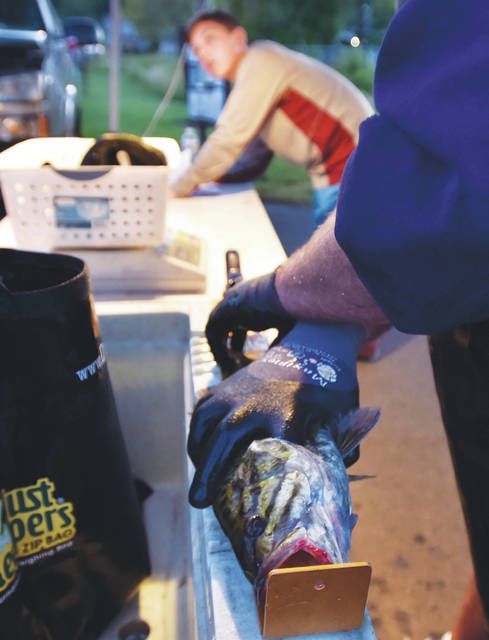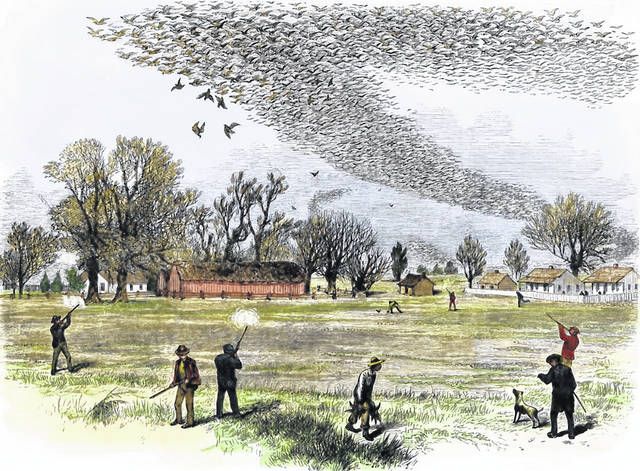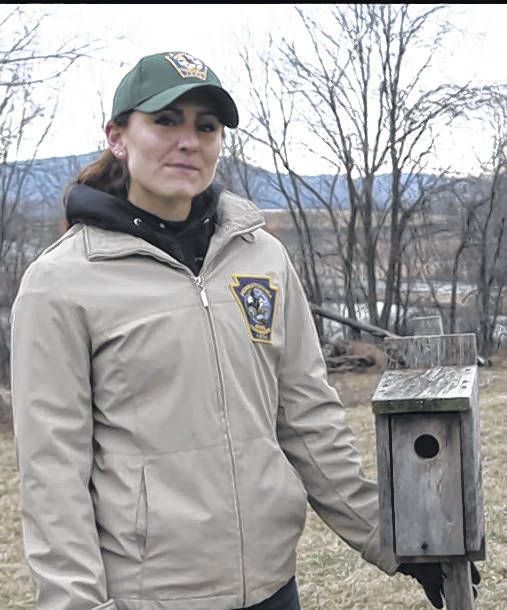Click here to subscribe today or Login.
Ponds and lakes are full and streams and the Susquehanna River have been flowing at full capacity — or more — this summer.
So what does all the excess water mean for the fish that rely on it to survive? For some species, it’s a good thing and for others the high water levels can be life-threatening.
According to Rob Wnuk, area fisheries manager for the Pennsylvania Fish and Boat Commission’s Northeast Region, high, swift water in the Susquehanna River can impact future generations of smallmouth bass, walleye and muskies.
Those species need warm water temperatures and low flows during the summer for good reproduction and, so far, that hasn’t been the case in the Susquehanna.
“The river has been high and cool this summer, making 2018 a poor year for reproduction for bass and walleye, and I suspect young-of-the-year muskies will be affected also, but we haven’t been able to check that yet,” Wnuk said.
Young-of-the-year smallmouth bass are 3 to 4 inches in the summer, walleye average 6 inches and muskies can reach 8 inches. While the water temperatures and flows haven’t been ideal, flooding can add another impact to the young fish that are more vulnerable to a raging current.
Baitfish in the river are also more susceptible to high water, and any impact to those species could reduce the survival of young smallmouth bass, Wnuk said, leading to fewer adults in the future.
But the river isn’t the only waterway in the area that has been prone to flooding this summer. Many streams and creeks have flowed over their banks during the heavy rain periods, but that doesn’t necessarily mean a negative impact to trout.
Wnuk said trout fare pretty well during a flood as they seek out places with lower current velocity, including eddies and staying behind boulders and logs.
However, catastrophic flooding, such as what took place recently on Fishing Creek in Columbia County, can impact trout, especially in small, high gradient mountain streams.
Still, the impacts of a flood aren’t just seen in particular fish species. The high water can alter an entire ecosystem as well.
Flooding changes habitat and it can offer new pathways for invasive species to expand their ranges. Those are impacts that likely won’t be noticed right away until after the water has receded and conditions have normalized.
While high water can be damaging, Wnuk said there are benefits. While some existing habitat may be destroyed, debris piles can create new places for fish. Flooding can also clear away years of accumulated silt on the bottom of a stream, improving spawning habitat for trout.
But what about high water levels in lakes and ponds? Can that be a benefit or a hindrance to fish?
Wnuk said it’s possible for floods and heavy rain to increase dissolved oxygen levels in lake surface water, a factor that would benefit fish.
“The amount of oxygen at the surface of a lake during summer depends on water temperature,” he said. “Cold water can hold more oxygen than warm water, and flood waters are probably colder and all this rain comes with cooler air temperatures.
“That combination will cool surface waters and produce higher dissolved oxygen levels.”
Fish aren’t the only ones impacted by high water and heavy rain.
Anglers are affected as well. Area bass tournaments on Harveys Lake and the Susquehanna River have persisted through challenging conditions this summer, causing participants to fish in the rain and deal with high water.
Even biologists like Wnuk are impacted. He had to cancel surveys for young-of-the-year muskies and catfish on the river because conditions weren’t safe, and electrofishing work in small streams with high flows has been a challenge.
“I wouldn’t say these conditions are unique and this kind of summer has happened a couple of times during my career,” Wnuk said. “You just have to make the best of it.”









